About
Essential Oils
"thou anointest my head with oil; my cup runneth over." ~ psalm 23:5
Why Do Plants Make Essential Oils?
Essential Oils are the volatile essences extracted from aromatic plants and a true gift from nature. Pure therapeutic Essential Oils contain the true essence of the plant from which they are derived in the form of therapeutic constituents. These therapeutic constituents are extracted from various parts of the plant, including the roots, stems, bark, seeds, and flowers.*
Plants use these natural aromatic compounds in a variety of ways such as promoting growth, protecting the plant from the environment, and avoiding disease. When these natural therapeutic constituents are extracted into an Essential Oil, humans can also benefit from these powerful healing and protective compounds. Researchers have discovered over 1,000 different chemical constituent in Essential Oils with much more yet to be discovered and analyzed.*
The makeup of the chemical constituents found in Essential Oils is unique and cannot be duplicated by science.*
In fact, many modern medications are created in an attempt to duplicate some of these natural therapeutic constituents, but the chemical (synthetic) based version have harsh side effects and are not as effective as using the compounds distilled from the plant in the form of Essential Oils.*
Essential Oils are minuscule in molecular size, which means they are absorbed well through the skin. Their small molecular size provides them with the unique ability to help with healing and nourishing. However, they do not accumulate in the body over time; they simply offer up their healing properties and then pass on through the body.*
Because of science's ability to isolate and synthesize particular constituents, you must be careful to ensure that the Essential Oils you choose haven't been adulterated with isolated or synthetic compounds.*
True, unadulterated Essential Oils have been scientifically proven to be anti-infectious, antibacterial, antiviral, antiseptic, antifungal, antiparasitic, and truly life enhancing in every way!*
We believe Essential Oils are a safer and more effective alternative to the use of toxic home cleaners, disinfectants, dangerous over-the-counter medicines and prescriptions and in some cases may even eliminate the need for antibiotic products.* Fun and easy to work with, they are anti-infectious, preventative, and promote physical and psychological well-being.*
Living the aromatic healing lifestyle of Essential Oils is good for you, your children, your pets, and the earth.*
Historically Proven
Since ancient times, and as near as we can tell from the beginning of recorded history, the plant kingdom has provided rare and powerful extracts and essences that have long been prized for their beauty enhancing, medicinal, aromatic and therapeutic value.* Many plants have been the basis for herbal and botanical medicines and remedies for thousands of years and are the root of today's pharmaceuticals.*
The earliest that we can find evidence of the use of Essential Oils usage occurs in the 3000-2500 B.C. period. Words like "aromatherapy" and "essential oils" were not in use, but there is evidence that civilizations were creating extracts containing oils and resins from aromatic plants during this time period. Usually, the Egyptians are given credit for being the first to use aromatic extracts for both spiritual and physical well being. But it is believed that essential oil-like extracts were also being used in China and India at nearly the same time.*
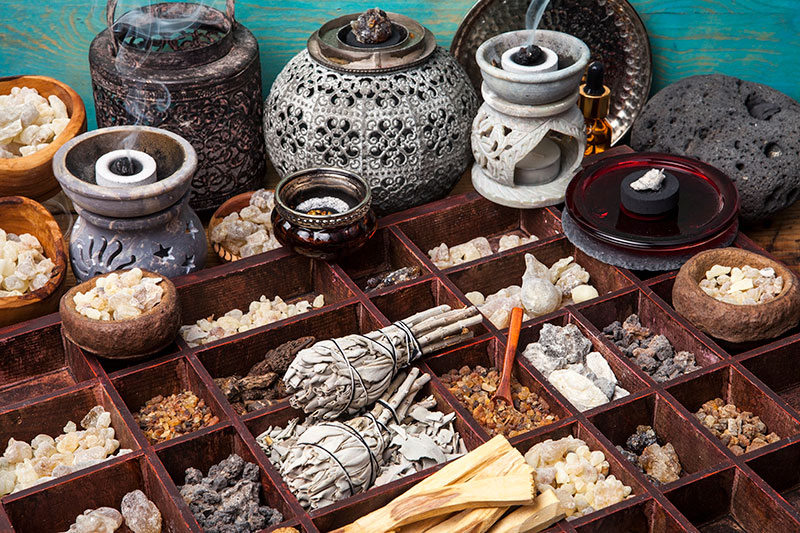
The Incense Trail is an overland trade route that has been written about and well documented from Palestine south along the western edge of Arabia to areas now occupied by the countries of Yemen and Oman. Interestingly, this north-south route was intersected at Petra, Jordan, by an east-west route that connected India and China with Egypt. The lucrative trade that moved in all four directions on these routes moved spices, frankincense, myrrh, spikenard, and other aromatics to the Egyptian, Greek, Roman, Indian and Chinese empires between 1000 B.C. and 100 A.D.
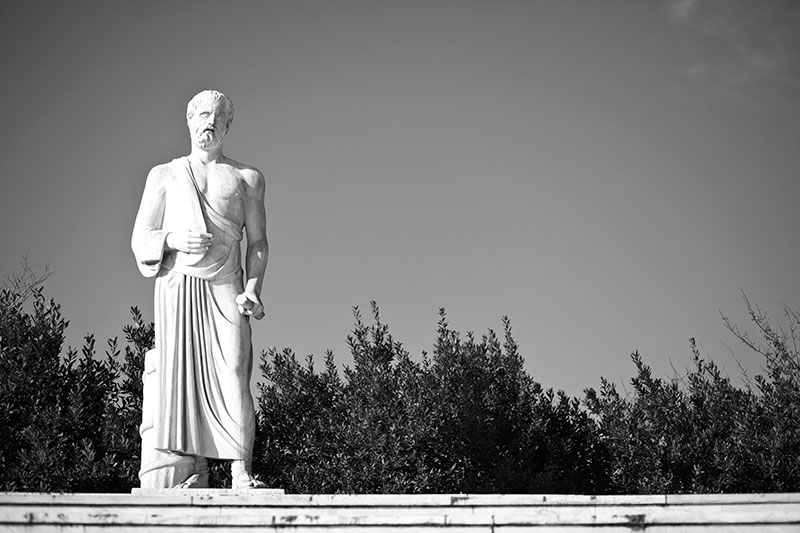
Hippocrates, considered the father of modern medicine, is reported to have advised that "The way to health is to have an aromatic bath and scented massage every day." He reportedly believed strongly in the medicinal benefit of fumigation with aromatics and used fumigation in the city of Athens to combat the plague.
A contemporary of Hippocrates, Theophrastus wrote the first known treatise on the scent, titled "Concerning Odors." He inventoried all the Greek and imported aromatic medicines and wrote of ways they could be used. Commenting on the therapeutic value of natural perfumes, he said: "It is to be expected the perfumes should have medicinal properties in view of the virtues of their spices. The effect of plasters and of what some may call poultices prove these virtues since they disperse tumors and abscesses and produce a distinct effect on the body and its interior parts."
Implicit in this observation is one of the fundamental principles of therapeutic aromatherapy - that Essential Oils applied externally affect the internal organs and tissue.
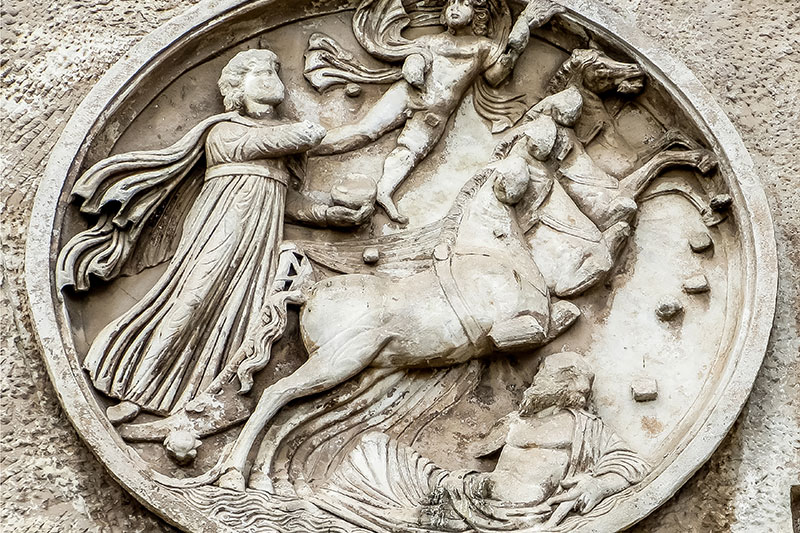
The Romans used aromatic materials with sheer decadence. They bathed with them several times a day, and massage also played a large part in the culture. Oils were used to scent the hair, body and the bed. The most beautiful oils available were blended by highly skilled perfumers, creating celebrated fragrances that were broken down into three categories: 'ladysmata' (a solid unguent), 'stymmata' (a scented oil) and 'diapasmata' (a powdered perfume).
A prominent Greek physician, the doctor for the Roman army, Pedacious Dioscorides, wrote an impressive reference work on herbal medicine during the first century A.D. Several aromatherapy remedies he discusses are still used today. Quoting him: " Myrrh: "Doth strengthen the teeth and ye gummes", Juniper: is described as "diureticall", Marjoram: is described as "soporific", Cypress: "helps with the flux of the belly (diarrhea) and doth also stanch the bloud."
Today, we have documented that myrrh is helpful with gum infections; marjoram has some sedative properties,and cypress can be useful in alleviating diarrhea.
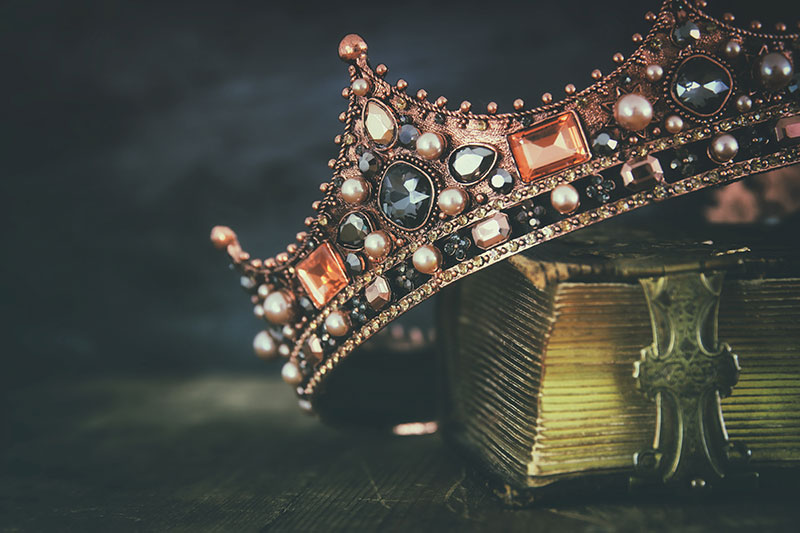
During the Middle Ages, the use of aromatics was denounced by the Catholic Church, as decadent. This reduced the use of aromatics for therapy. But by the 1600's, books about essential oils grew and became widespread. By the 1800's most of the pharmacopeia of England, Germany and France were referencing and prescribing essential oils for a variety of illnesses. At the same time, large flower-growing districts in the south of France were supplying raw materials for French perfumers.
Tuberculosis was common, and workers processing flowers and herbs in these districts generally remained disease free, including tuberculosis. Believing that Essential Oils in the plants were protecting the workers, the first recorded lab test of the anti-bacterial properties of essential oils was performed in 1887.
In 1910 Rene Maurice Gattefosse, a French cosmetic chemist, had an accident, severely burning his hands and arms in a lab explosion. He extinguished the flames, but as he described it, "both my hands were covered with rapidly developing gas gangrene." He submerged his burns in a large container of lavender oil and reported that "Just one rinse with lavender essence stopped the gasification of the tissue. This treatment was followed by profuse sweating and healing which began the next day".
Gattefosse continued to investigate the medical use of Essential Oils and treated soldiers in military hospitals during World War I with oils. He coined the term "aromatherapie", the treatment of disease and injury using aromatic Essential Oils.
Jean Valnet, a Parisian medical doctor and army surgeon, who was also a colleague of Gattefosse's, began to use Essential Oils with great success as antiseptics treating war wounds during the Indochina war from 1948 - 1959. After the war, he continued using Essential Oils in his practice, publishing in 1964 the comprehensive text Aromatherapie, earning him global recognition.
In the 1980's French MD, Daniel Penoel along with French biochemist Pierre Franchomme, investigated and cataloged the medical properties of over 270 Essential Oils, recommending uses for a clinical environment. The book, published in French in 1990, L'aromatherapie exactement, quickly became the primary resource for dozens of secondary authors writing of the medical benefits of Essential Oils. In England, it is common for doctors to prescribe Essential Oils, distributed through pharmacies. Essential Oils have not only stood the test of time, they have proven their efficacy and effectiveness on every level.
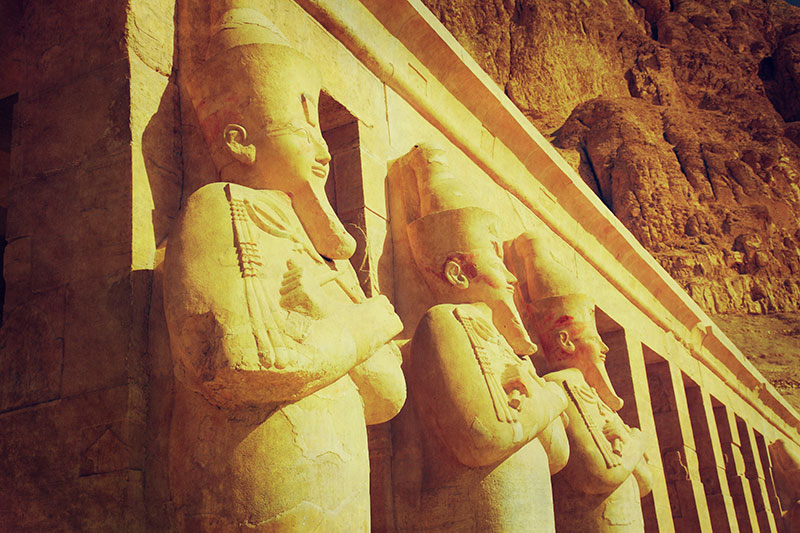
As early as 2000 BC, the highly evolved Egyptians were using Essential Oils for medicinal benefits, beauty care, spiritual enhancement, and in literally all aspects of their daily life.
Aromatics and perfumes were worn in Egypt by ruling families and the priests. There are numerous hieroglyphics depicting men and women wearing perfumed wax cones that would provide a pleasant scent and moisturize the skin. Egyptian temple priests, also known as the doctors of the day, employed a variety of aromatic balms, resins, and powders in many different ways for both religious and medicinal purposes. Many pictorials on temple walls show Egyptian royalty using Essential Oils.
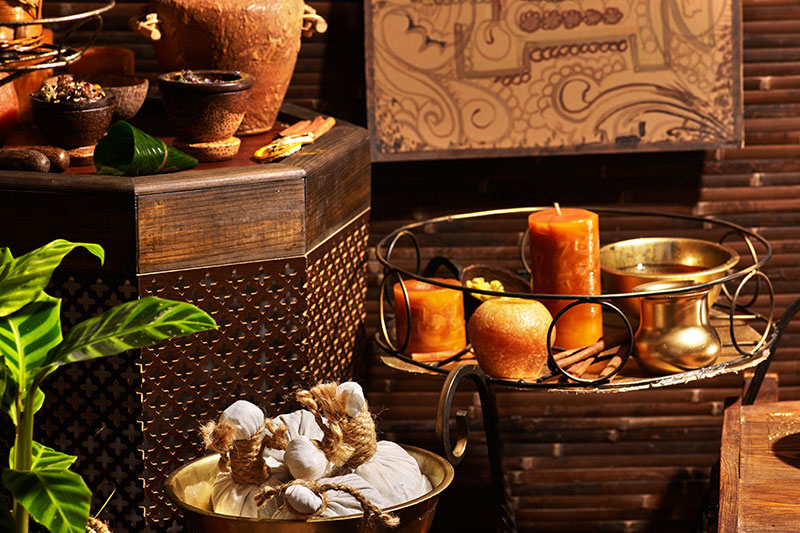
In India, essential oils have been a core element of the Ayurvedic health care system for centuries.
No one knows how old Ayurvedic medicine is, but it has been practiced for at least 4000 years and is still widely practiced in India today. One of its principal aspects is aromatic massage, where Essential Oils - especially sandalwood - are used. Ayurvedic literature from 2000 BC records Indian doctors administering oils of cinnamon, ginger, myrrh, coriander, spikenard and sandalwood to their patients. The Vedas, the most sacred book of India, mentions over 700 different aromatics and the uses of perfumes and aromatics for religious and therapeutic purpose. Basil is a sacred plant in India, believed to open the heart and mind, bestowing the energy of love and devotion. Sacred to Vishnu and Krishna, it strengthens faith, compassion, and clarity.
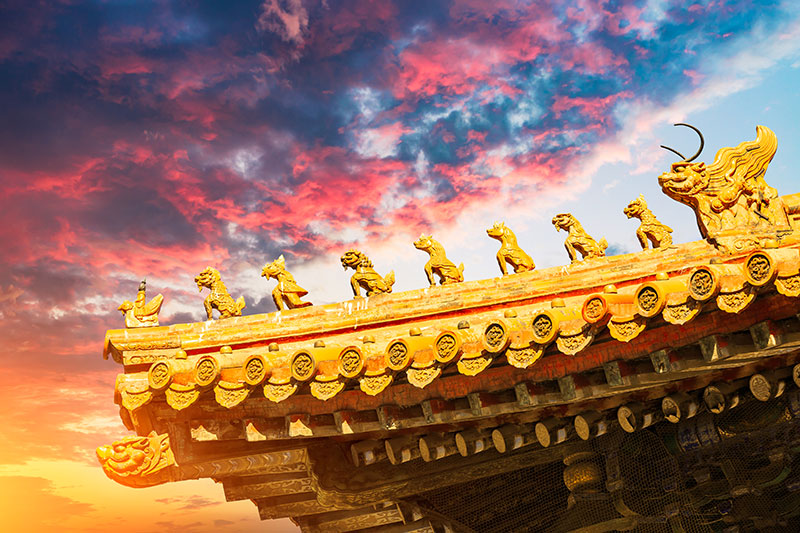
In China, the use of Essential Oils has been traced to before the time of Christ. The oldest surviving medical text in China is Shennong's Herbal, dated at around 2700 BC, contains information on 365 plants. Shennong was a ruler and cultural hero of China who taught his people the practices of agriculture. He consumed hundreds of herbs to test their medical value and is said to have discovered tea and to be the father of Traditional Chinese Medicine, including acupuncture.
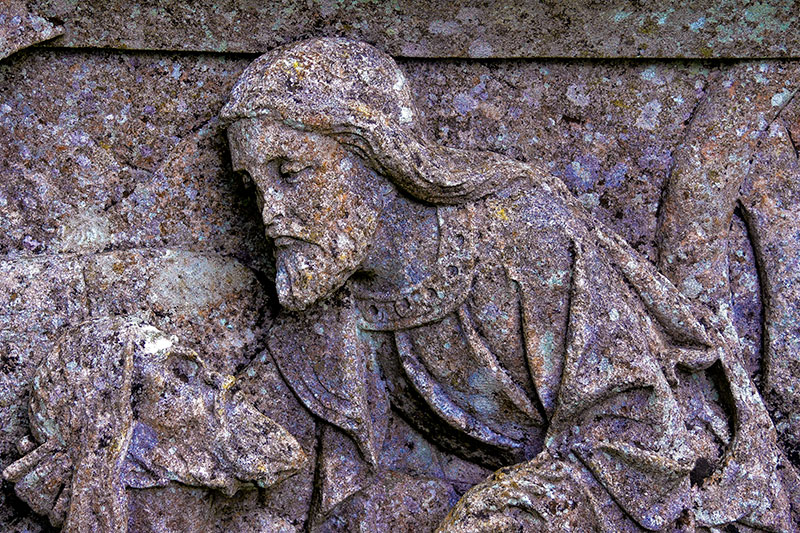
Both the Old and New Testament have dozens of references to aromatic plants, with at least 12 Essential Oils are mentioned over 9 times respectively.
By revelation, Moses received recipes for the holy anointing oil and temple incense.
These recipes involved such common aromatics as Cedarwood, Hyssop (Leviticus 14:4), Frankincenseand Cinnamon (Exodus 30:23), onycha (cistus/labdanum) and galbanum (Exodus 30:34), as well as more obscure, aromatics such as stacte (myrrh).
Stacte was an ingredient in one of the most sacred temple incense, the HaKetoret, discussed in Exodus 30:34. It was to be mixed in equal parts with onycha (cistus/labdanum), galbanum and mixed with frankincense and made into an incense for burning on the altar of the tabernacle.
This incense was considered restricted for sacred purposes honoring Yahweh; the trivial or profane use of it was punishable by exile, as laid out in Exodus 30:34-38 (KJV).
Other aromatic herbs mentioned specifically in Old Testament include Myrrh, Fir, Myrtle, and Spikenard.
The New Testament references aromatics, especially the gifts of the Magi at the birth of Christ: Gold, Frankincense, and Myrrh (Matthew 2:11).
Other well-known references include the story of Mary anointing Jesus' feet with Spikenard (Mark 14:3) and mention in the Book of John that Nicodemus, one of the Jewish rulers, brought a hundred pounds of "Myrrh and Aloes" (aloeswood or agarwood) to embalm the body of Jesus after his crucifixion (John 19:39). Frankincense and Cinnamon are also mentioned in the Book of Revelation (Revelation 18:13).
Our Products Are Guaranteed To Always Be
Organic
Plant-Based
Gluten-Free
Non-GMO
Dairy-Free
Cruelty-Free
